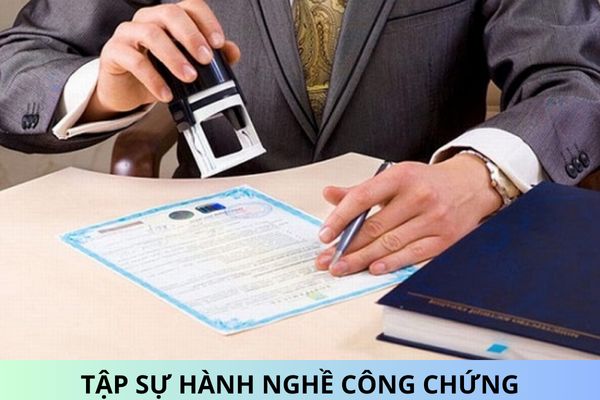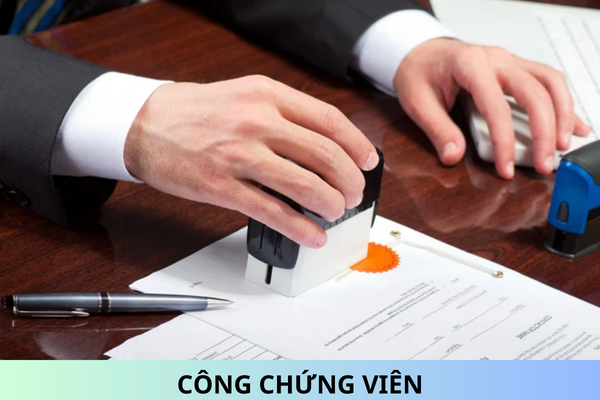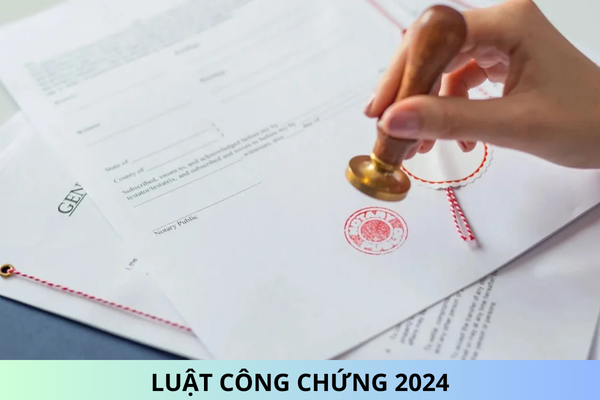When Is It Mandatory to Both Sign and Fingerprint in Notarized Documents?
When is it mandatory to both sign and fingerprint in a notarized document?
According to Article 48 of the Law on Notarization 2014, there are provisions on signing and fingerprinting in notarized documents as follows:
- The person requesting notarization, the witness, and the interpreter must sign the contract or transaction in front of the notary public.
In the case where the person authorized to enter into the contract of a credit institution or another enterprise has registered their sample signature at the notary practice organization, that person may sign the contract in advance; the notary must compare their signature in the contract with the sample signature before notarizing.
- Fingerprinting is an alternative to signing in cases where the person requesting notarization, the witness, or the interpreter cannot sign due to a disability or illiteracy. When fingerprinting, the person requesting notarization, the witness, or the interpreter uses the right index finger; if the right index finger cannot be used for fingerprinting, then the left index finger is used; if both index fingers cannot be used, another finger is used and it must be clearly noted which finger and which hand.
- Fingerprinting can also be done concurrently with signing in the following cases:
+ Notarizing a will;+ Upon the request of the person requesting notarization;+ When the notary deems it necessary to protect the interests of the person requesting notarization.
=> Thus, according to the above-mentioned regulation, signing and fingerprinting in a notarized document are only performed in the case of notarizing a will. Additionally, signing and fingerprinting in documents can be executed when the notary requests it or when the notary deems it necessary to protect the interests of the parties.
Which finger should be used to fingerprint in a notarized document?
According to Clause 2, Article 48 of the Law on Notarization 2014, the regulation on fingerprinting is as follows:
- Fingerprinting can substitute for signing in cases where the person requesting notarization, the witness, or the interpreter cannot sign due to a disability or illiteracy. When fingerprinting, the person requesting notarization, the witness, or the interpreter uses the right index finger; if the right index finger cannot be used for fingerprinting, then the left index finger is used; if both index fingers cannot be used, another finger is used and it must be clearly noted which finger and which hand.
=> Thus, according to the regulations, the priority order for using fingers for fingerprinting is the right index finger, left index finger, and other fingers. Fingerprinting must clearly note which finger and which hand is used.
Respectfully.










